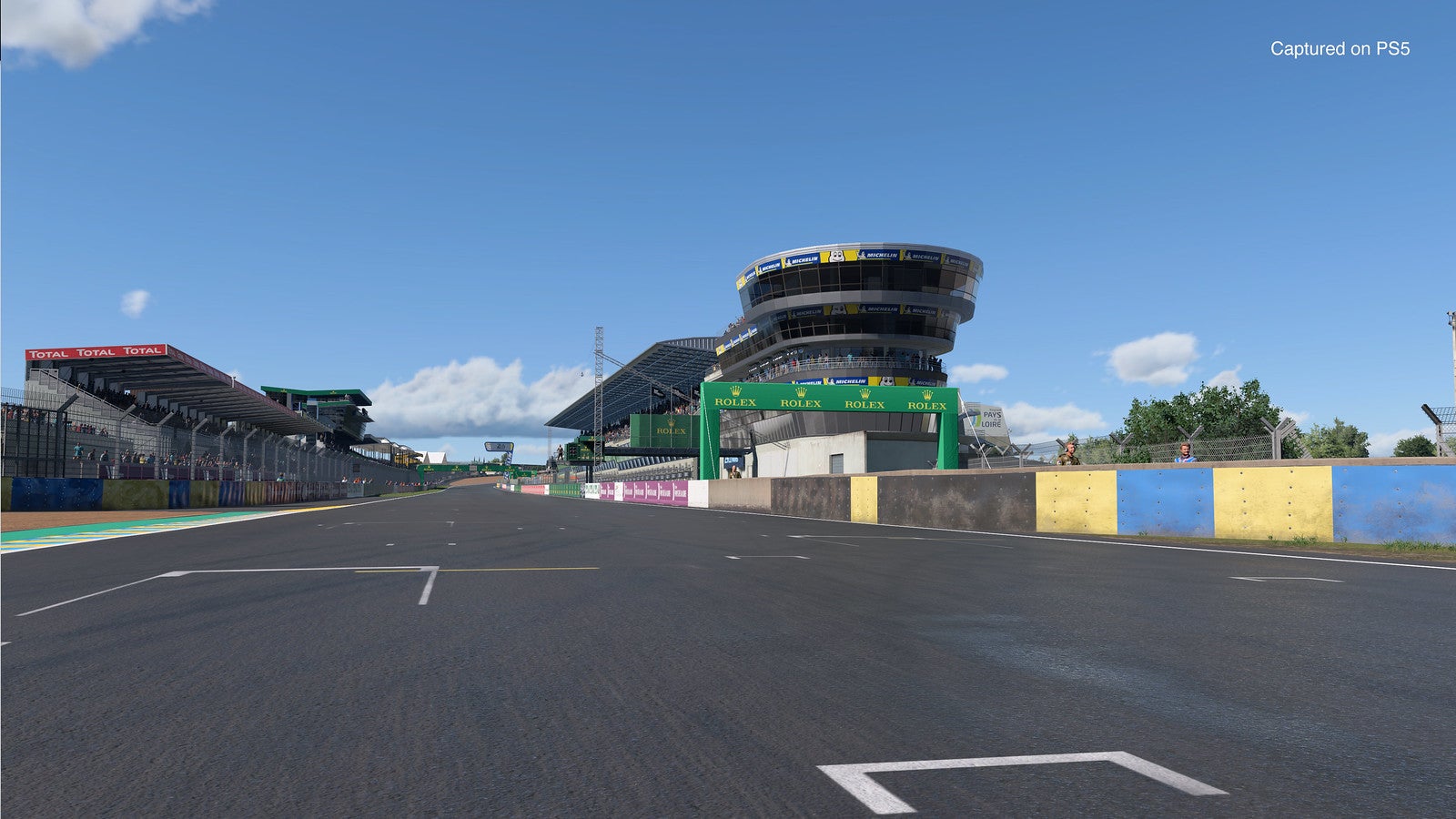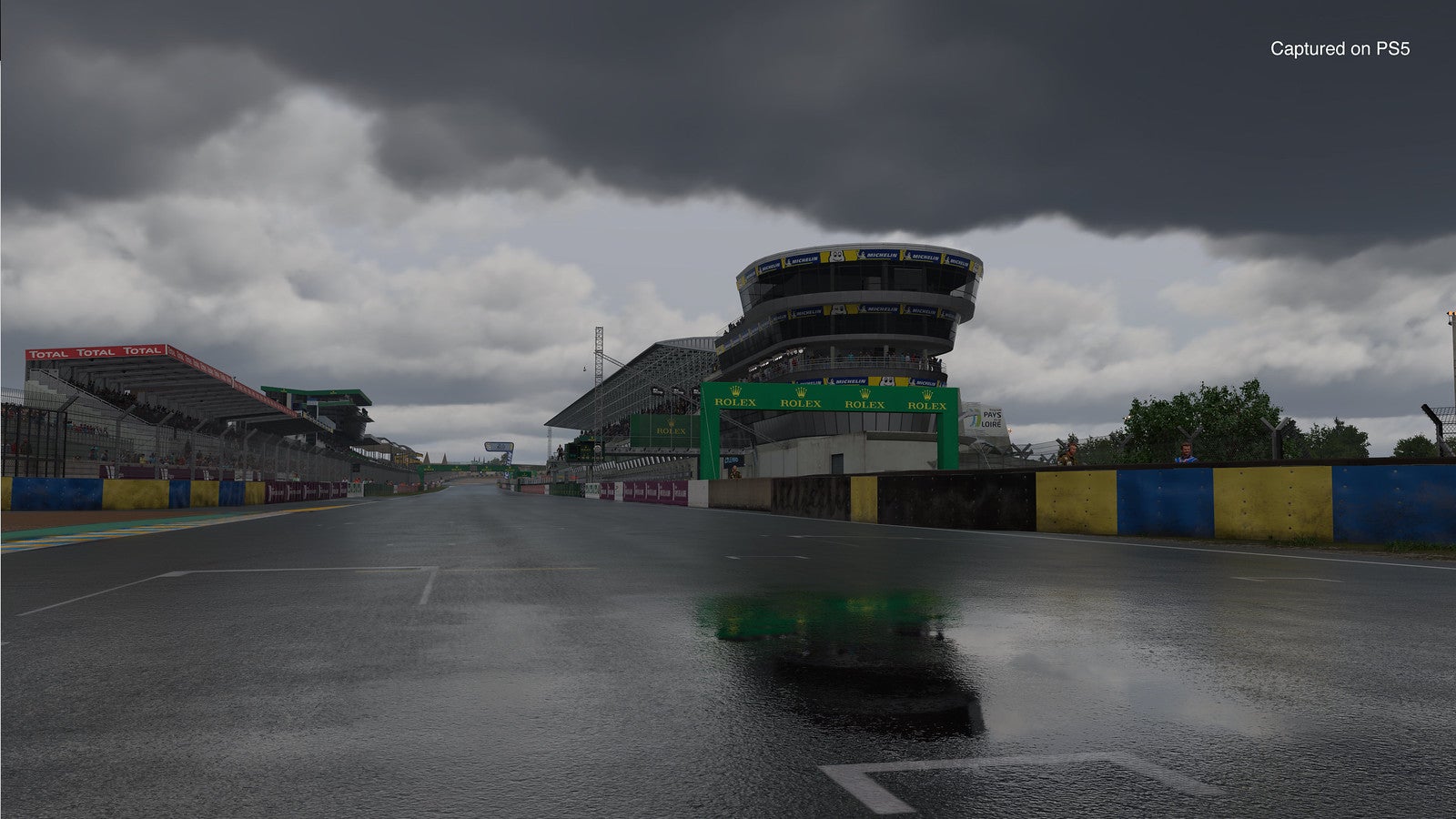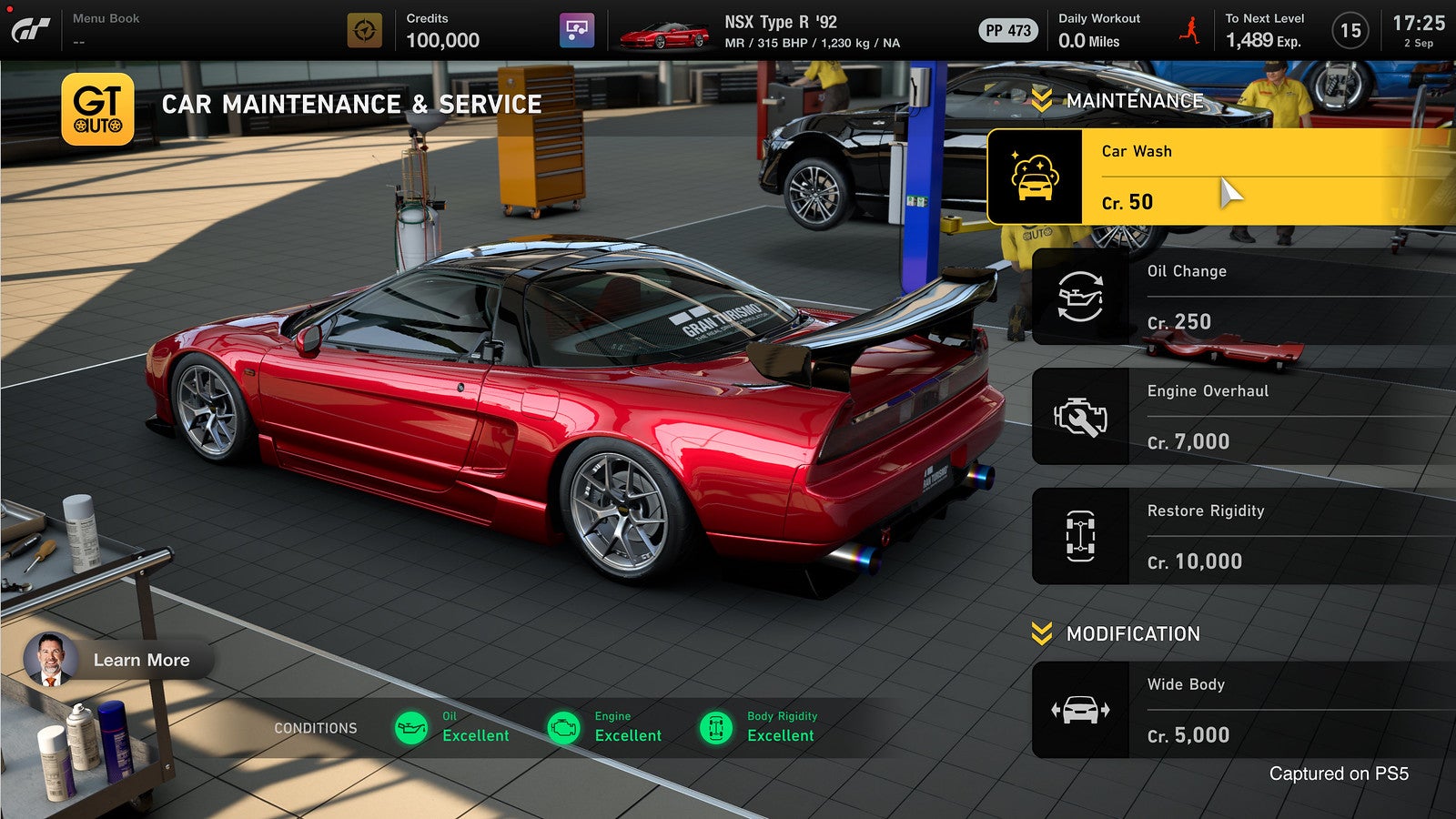Now, though, is the time for the first numbered release in the series since 2013, and with that comes a different set of expectations - a proper campaign, a broader car list and a return to the collectathons of old, all of which Gran Turismo 7 looks set to deliver upon. There’s also the promise of returning features and - most excitingly for sim and endurance fans such as myself - the reinstatement of dynamic time and weather conditions to help bring races alive. I was fortunate enough to get 30 minutes of series creator Kazunori Yamauchi’s time earlier this week, where I hoped to find more details of what’s to come. It’s a pleasure, as ever, to talk to you. After that amazing trailer at the PlayStation showcase last week there’s a couple of points I wanted to clarify - firstly about the blog post that stated that GT Cafe will need an online connection. Kazunori Yamauchi: The requirement for the online connection isn’t specific to the Cafe per se - it’s just to prevent cheating overall from people trying to modify the save data, so that’s the reason for the online connection. And just to update on the feature itself, there’s two functions to it. One is to direct the user to the next objective meeting, and also to get them to get involved in collecting some of those cars. And the other is, when they come back with the cars they’re asked to collect, it gives a little bit of background history for the culture, and the history behind these significant cars that they have added to their collection. Is there a social side to it? Obviously, car collecting and car culture can be quite a social thing. People love to show off their car collections. Kazunori Yamauchi: That’s something that’s going to be possible through the garage - you can open up your garage to other players so that they can show off their collection as well. Before I move on, I just want to get one final point of clarity on this. GT Sport was a fantastic game and had a big online focus - a lot of people are looking forward to GT7 as having a big campaign which they can play wherever they want. Will it be possible to play the campaign offline? Kazunori Yamauchi: The online connection is required for the campaign mode. The only part of the game that doesn’t require an online connection is the arcade mode, because that has no effect on the save data, so that’s possible. But anything that has to do with the save data requires a connection. For example things like the livery data as well - that’s something that is downloaded from the online server. One other point of clarity I wanted to make was about dynamic time and weather, which wasn’t a part of Gran Turismo Sport. Kazunori Yamauchi: In GT7, the time and weather will be moving in real time. That’s great to hear. Tied into that, endurance events will have a new dynamism to them as well. How will those day/night transitions feed into races - will we have more endurance events like Le Mans and the N24, a race you obviously know quite well yourself? Kazunori Yamauchi: Whether or not we actually implement a full 24 hour race is something we’re still deciding on. But the weather simulation is actually a weather simulation, not just a weather change. So it does have an effect on the physics of the game. I think that will be very interesting. And also you can set multiples of the time that it takes from real time to 100 times accelerated, so you don’t necessarily need to have a full on endurance race in order for the player to experience those weather changes and how it affects their cars in the track. That’s all good news to me. The recent blog post said something about Gran Turismo having a different approach to the weather system and how it works. I wonder if you could talk through a bit more about how dynamic weather works in Gran Turismo 7 - does it impact track surface temperature, if there’s a dynamic track, does it rubber in over the course of an event? Kazunori Yamauchi: We don’t have a system for simulating the amount of rubber that’s laid on the track, but we do have a simulation of where the rain would create a level of water over the track. When a car passes over it, it will spray aside, and so the racing lines will dry quicker than the other parts of the track. That’s something that is simulated and does affect the grip of the course accordingly as time goes on, and the track begins to dry in different places. The air temperature, the humidity, and then the road surface temperature will also be affected by these weather changes as well. This is a question I’ve been asking you variants of since Gran Turismo 5 Prologue so apologies you’ve heard it so many times. I just wanted to know how the damage model has evolved for Gran Turismo 7. Kazunori Yamauchi: Basically it’s the same as in Gran Turismo sport, except how it’s expressed is a little bit more improved in comparison. This is a cross platform game as well, which I imagine is quite a big undertaking. Will PlayStation 4 and PlayStation 5 versions have feature parity - will things like the dynamic time and weather be a part of both versions? Kazunori Yamauchi: Feature wise, they will be the same, but the quality that you’ll be seeing will be different. When it comes to multiplayer, which is obviously a huge part of Gran Turismo Sport, will PS4 and PS5 players be able to play each other? Kazunori Yamauchi: Yes! That’s good! One last question regarding some of the finer details - are you going to implement VR across the board this time as opposed to the limited cases available in Gran Turismo Sport? Kazunori Yamauchi: So regarding PSVR, we’re not at a state where we cannot talk about it yet. That’s fair enough. It was worth a punt anyway! Obviously this is the first numbered game for quite a while. When did work start on this in earnest? I always got the impression that work on this next numbered title has been going on in the background for quite a while. Kazunori Yamauchi: It would be right after GT Sport was finished, around the end of 2017. What is it you wanted to express this time? What is it about car culture and about your love of cars that you wanted to get across with Gran Turismo 7? Kazunori Yamauchi: This time around we really made this Gran Turismo title with a sense of urgency, because compared to 25 years ago there aren’t very many leads or ways for people to become car fans anymore. I think Gran Turismo really has a big responsibility in that aspect to create new car fans out of the new generation of kids out there. With GT Cafe, it really urges you to collect these cars, and teaches you about the cultural backgrounds of these significant cars. We’ve spent a lot of energy working on that, and the reason for that was to make sure that the kids who are discovering cars for the first time really get to have an opportunity to come into contact with that knowledge. When it comes to the wider car industry as well, it’s probably the most turbulent and also exciting time the industry has faced since the invention of the combustion engine, with alternative fuels and electric cars. How does Gran Turismo sport go about reflecting this exciting time for the automotive industry, and what do you feel are its responsibilities towards that movement? Kazunori Yamauchi: In regards to Gran Turismo and car culture - car culture is something that has been continuing for the last 150 years or so. It’s our mission to preserve these cars in a drivable state in a big museum format. And of course, we include cars like the Taycan and Tesla. But I think our mission first and foremost is to preserve the entirety of this great car culture that we have today for the future generations to come. Something else you’ve been at the forefront of is the rise of virtual racing, and with eSports becoming more and more legitimate within the industry. Gran Turismo Sport did such a fantastic job with that - how has that offering evolved? Kazunori Yamauchi: Everything that was possible to do in Gran Turismo Sport will be possible to do in GT7. But of course we’ve worked on really improving the usability and also the reliability of the network connection as well. We can look at the trailers and see how gorgeous it looks, and we see in terms of the features what’s in store but one thing we can’t tell until we get to play is how it feels. How has the handling model progressed since Gran Turismo Sport? Kazunori Yamauchi: So of course the precision of the controls has increased significantly. You’ll feel a big difference when you start setting up the vehicles and tuning the cars because you’ll really feel a difference in the response of these cars, and I think that in itself is going to be a very enjoyable feature of the game. I think this will make it very fun to drive and it will feel more natural. On PlayStation 5 there’s the DualSense controller as well. How are you going about implementing that? Kazunori Yamauchi: Things like using the adaptive triggers for recreating the vibrations to the ABS when it’s working - gimmicks like that is one thing. What’s more important to me is the precision of the controls that the new controller allows. Before there were things that you could only really do with a steering wheel controller, but now you should be able to do everything that you can do on a steering wheel controller with a DualSense controller. Gran Turismo Sport provided the foundations for the last generation of the series on PS4, and was something you built upon. In a similar way, is GT7 going to be the foundation for this next generation, and how do you intend to build upon it? Kazunori Yamauchi: You’re absolutely right in saying that GT7 will be something that will progress based on the progression of the PS5 platform. What we will obviously do is add more tracks and more cars as we go along as well. But in terms of the features, there are still some features that we’ve had in the past titles that still haven’t made a comeback yet. That’s something that we would like to do. And we also have other ideas on top of that, as well, but it’s still too early to start talking about that yet. Lastly - I know our time is wrapping up - there’s been a lot going on in the world over the last 18 months. How has that impacted the development of Gran Turismo, and how have you kind of been able to deal with that? Kazunori Yamauchi: Polyphony Digital is a company that’s run like a family, so we’re fairly strong during times of crisis like this. So in that way, relatively speaking I don’t think we were affected by COVID as much. Real life racetracks have been closed and the opportunity to go for long drives isn’t quite there as it used to be. I wonder if you’ve been able to enjoy real life driving while all this happened, and whether you’ve been able to keep your love of cars alive somehow. Kazunori Yamauchi: Actually, COVID gave me an opportunity to drive my cars more. I still drive on the Tokyo Expressway every night in my Porsche GT3. I guess it’s not as busy as it used to be, so you can enjoy it a bit more as well. Kazunori Yamauchi: There’s hardly any cars, so it’s very easy driving as well. That sounds like a lovely way to spend an evening. Thanks for your time, and good luck with the rest of development.





